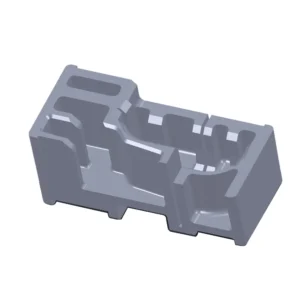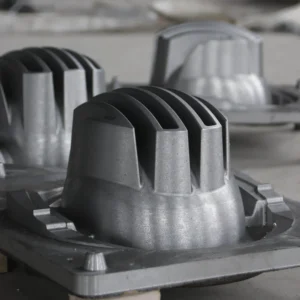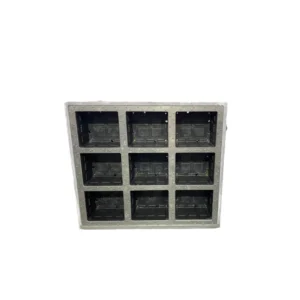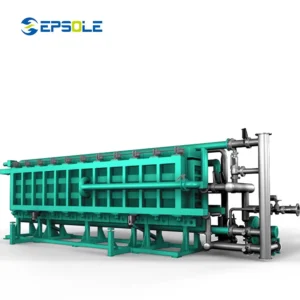In today’s world, sustainability is paramount. As we strive to minimize our environmental footprint, recycling plays a crucial role. Expanded Polypropylene (EPP) foam stands out for its unique properties and recyclability among the various recycled materials.
This comprehensive guide delves into the world of EPP foam recycling, shedding light on its importance, processes, challenges, and benefits.
What is EPP Foam?
EPP foam stands for Expanded Polypropylene foam. It’s a type of lightweight, versatile material known for its excellent cushioning and insulating properties.
EPP foam is commonly used in various industries such as packaging, automotive manufacturing, and consumer goods production. It’s favored for its ability to absorb impact and protect fragile items during transportation and handling. EPP foam is also durable, resilient, and resistant to chemicals and moisture, making it suitable for a wide range of applications.
Importance of EPP Foam Recycling
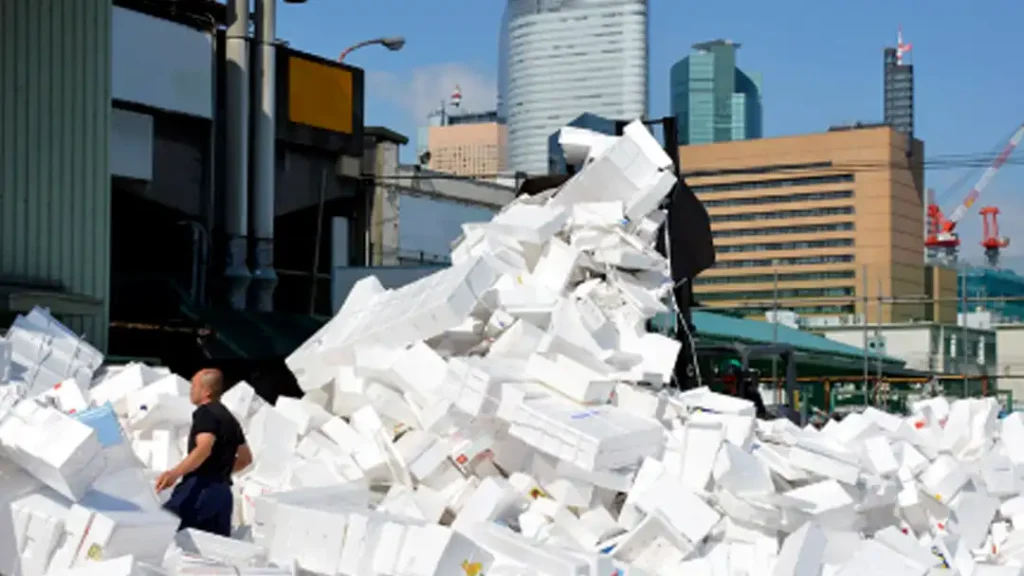
EPP foam, also known as Expanded Polypropylene foam, is a highly versatile material used in a wide array of industries due to its lightweight nature, shock-absorbing capabilities, and thermal insulation properties.
However, like many other plastics, EPP foam poses environmental challenges, particularly in terms of disposal and waste management.
Here’s why EPP foam recycling is crucial:
Reduction of Waste: EPP foam, when disposed of improperly, can contribute to the accumulation of waste in landfills. Due to its lightweight and bulky nature, it takes up significant space in landfills, leading to environmental degradation and limited landfill capacity. Recycling EPP foam diverts it from landfills, reducing the burden on waste management systems and alleviating pressure on the environment.
Conservation of Resources: Recycling EPP foam reduces the demand for virgin materials, such as petroleum-based plastics, which are used in the production of new foam products. By reusing existing EPP foam through recycling processes, we conserve natural resources and minimize the environmental impact associated with extracting and processing raw materials.
Energy Savings: Manufacturing new EPP foam products from recycled materials requires less energy compared to producing them from scratch. Recycling EPP foam involves processes such as melting, extrusion, and molding, which consume less energy than the production of virgin foam. By conserving energy in the recycling process, we reduce greenhouse gas emissions and mitigate the environmental footprint of EPP foam production.
Pollution Prevention: Improper disposal of EPP foam can result in environmental pollution, particularly in marine environments where foam debris can pose hazards to marine life. Recycling EPP foam prevents pollution by ensuring that it is collected, processed, and reused in a controlled manner, reducing the likelihood of it ending up in natural ecosystems.
Promotion of Circular Economy: EPP foam recycling contributes to the principles of a circular economy by closing the loop on material use. Instead of being discarded after a single use, EPP foam can be recycled multiple times, extending its lifespan and maximizing its utility. This reduces the need for new raw materials and fosters a more sustainable approach to resource management.
Challenges in EPP Foam Recycling
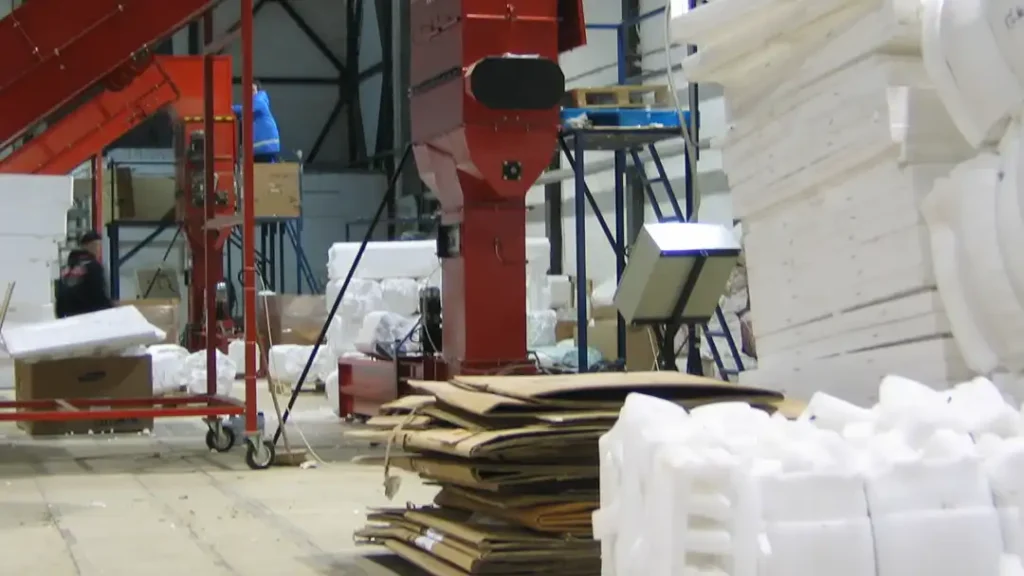
Navigating the landscape of EPP foam recycling comes with its fair share of challenges. Let’s explore some of the key obstacles faced in the process:
Contamination: One of the primary challenges in EPP foam recycling is contamination. EPP foam materials often come into contact with various substances during use, such as dirt, oils, or food residues. These contaminants can compromise the quality of the recycled foam and affect its properties. Contamination requires careful sorting and cleaning processes to ensure that the recycled material meets quality standards.
Logistics and Transportation: Transporting bulky EPP foam materials from collection points to recycling facilities can be logistically challenging and costly. Due to its lightweight nature and volume, EPP foam requires efficient transportation solutions to minimize costs and environmental impact. Additionally, the geographical distribution of recycling facilities may pose challenges for regions with limited access to recycling infrastructure.
Technological Limitations: Current recycling technologies may have limitations in effectively processing EPP foam. Unlike some other types of plastics, EPP foam has unique properties that require specialized recycling processes. These processes may be less developed or less efficient than those for more commonly recycled materials, leading to lower recycling rates and higher costs. Continued research and innovation are needed to improve EPP foam recycling technologies and overcome these limitations.
Market Demand: The demand for recycled EPP foam products can fluctuate, affecting the economic viability of recycling operations. If there is limited demand for recycled EPP foam products or if the market is oversaturated, recycling facilities may struggle to find buyers for their recycled material. This can create challenges in maintaining a sustainable recycling business model and may require diversification of product offerings or exploration of new markets.
Cost Considerations: Recycling EPP foam can be expensive due to the specialized equipment and processes involved. Sorting, cleaning, compacting, and melting EPP foam all require investment in infrastructure and resources. The cost of recycling must be balanced against the value of the recycled material and the environmental benefits achieved. Finding cost-effective solutions for EPP foam recycling is essential for its long-term viability.
How to Recycle EPP Foam
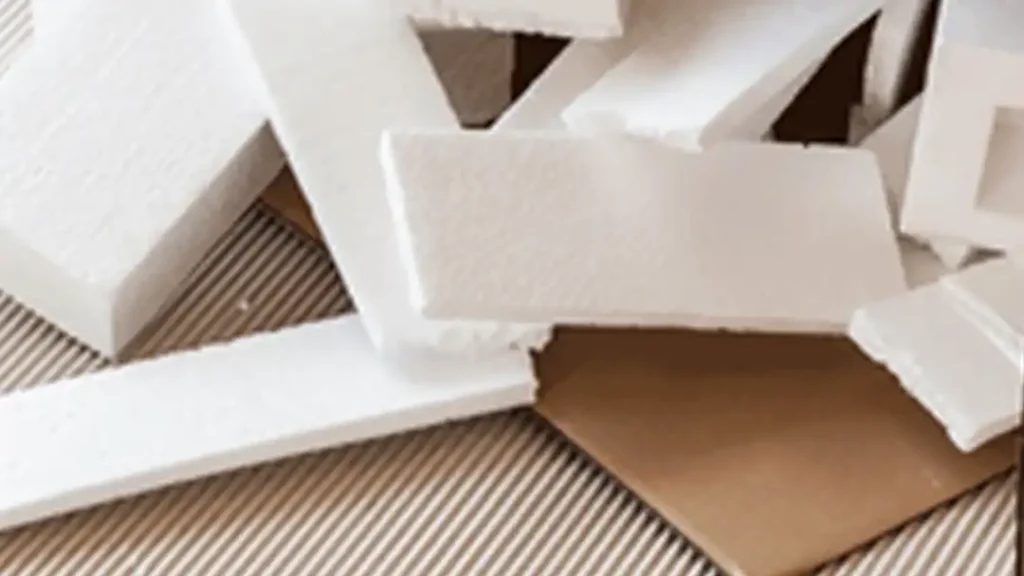
Recycling EPP (Expanded Polypropylene) foam involves several steps to transform used foam materials into new products.
Here’s a general overview of the recycling process:
Collection: The first step in EPP foam recycling is collecting used foam materials from various sources. This can include industrial waste from manufacturing processes, packaging materials from distribution centers, and consumer products from households and businesses.
Sorting: Once collected, the EPP foam materials are sorted based on their quality, type, and color. Sorting helps ensure that only suitable materials are processed for recycling and helps minimize contamination in the recycled product.
Cleaning: Before recycling, the sorted EPP foam materials may undergo a cleaning process to remove contaminants such as dirt, dust, and residues. Cleaning helps improve the quality of the recycled foam and ensures that it meets industry standards.
Compaction: After cleaning, the EPP foam materials are compacted to reduce their volume and facilitate transportation. Specialized equipment is used to compress the foam into denser blocks or pellets, making it easier to handle and transport to recycling facilities.
Melting: In the recycling facility, the compacted EPP foam is melted down using heat and pressure. The molten material is then extruded through a die to form new products or pellets. The melting process helps break down the foam into its original polymer form, ready to be molded into new shapes.
Molding: The molten EPP foam material can be molded into various products using injection molding or other molding techniques. These products may include packaging materials, insulation panels, automotive components, and consumer goods.
Quality Control: Throughout the recycling process, quality control measures are implemented to ensure that the recycled EPP foam meets industry standards for strength, durability, and appearance. Quality control may involve testing samples of the recycled material for mechanical properties, dimensional accuracy, and other performance criteria.
Distribution: Once recycled and manufactured into new products, the EPP foam materials are distributed to customers and end-users for use in various applications. Recycled EPP foam products can be found in industries such as packaging, automotive manufacturing, construction, and consumer goods.
By following these steps, EPP foam materials can be effectively recycled and transformed into new products, contributing to environmental sustainability and resource conservation. Recycling EPP foam helps reduce waste, conserve energy, and minimize environmental impact, making it an essential component of sustainable waste management practices.
Benefits of EPP Foam Recycling
Recycling Expanded Polypropylene (EPP) foam offers a multitude of benefits, both environmental and economic. Let’s delve into some of the key advantages:
Resource Conservation: One of the primary benefits of EPP foam recycling is the conservation of natural resources. By recycling EPP foam, we reduce the demand for virgin materials, such as petroleum-based plastics, which are used in the production of new foam products. This helps preserve finite resources and reduces the environmental impact associated with extracting and processing raw materials.
Waste Reduction: Recycling EPP foam diverts significant quantities of waste from landfills, where it would otherwise take up valuable space and contribute to environmental pollution. By recycling foam materials instead of discarding them, we minimize the burden on waste management systems and promote more sustainable waste disposal practices.
Energy Savings: Manufacturing new products from recycled EPP foam requires less energy compared to producing them from scratch using virgin materials. Recycling processes such as melting, extrusion, and molding consume less energy than the extraction and processing of raw materials. By conserving energy in the recycling process, we reduce greenhouse gas emissions and mitigate the environmental impact of foam production.
Cost Savings: Recycling EPP foam can result in cost savings for businesses and municipalities. By diverting foam materials from landfills, recycling reduces waste disposal costs and may generate revenue through the sale of recycled materials. Additionally, using recycled EPP foam in manufacturing can lower production costs compared to using virgin materials, contributing to overall cost savings.
Environmental Protection: Recycling EPP foam helps protect the environment by reducing pollution and minimizing the depletion of natural resources. By preventing foam materials from ending up in landfills or incinerators, recycling reduces the release of harmful chemicals and greenhouse gases into the atmosphere. This promotes cleaner air, water, and soil, leading to improved environmental quality and public health.
Circular Economy: EPP foam recycling contributes to the principles of a circular economy by closing the loop on material use. Instead of being discarded after a single use, EPP foam can be recycled multiple times, extending its lifespan and maximizing its utility. This promotes a more sustainable approach to resource management and reduces reliance on finite resources.
FAQs about EPP Foam Recycling
Is EPP foam recyclable?
Yes, EPP foam is highly recyclable and can be processed into new products through specialized recycling facilities.
What products are made from recycled EPP foam?
Recycled EPP foam can be used to manufacture various products, including packaging materials, insulation panels, and automotive components.
How can I recycle EPP foam?
Many recycling facilities accept EPP foam for recycling. Check with your local recycling center or contact specialized EPP foam recyclers for more information.
Can EPP foam be recycled with other materials?
EPP foam should ideally be recycled separately from other materials to ensure the quality of the recycled material.
What are the environmental benefits of recycling EPP foam?
Recycling EPP foam reduces the need for virgin materials, conserves energy, and minimizes pollution, contributing to a more sustainable environment.
Are there any alternatives to recycling EPP foam?
While recycling is the preferred option, some EPP foam materials may be suitable for reuse or repurposing in certain applications.
Conclusion
In conclusion, EPP foam recycling offers numerous environmental and economic benefits, making it a valuable component of sustainable waste management practices. By understanding the importance, challenges, and processes of EPP foam recycling, individuals and businesses can contribute to a greener future.

